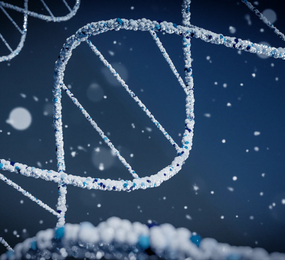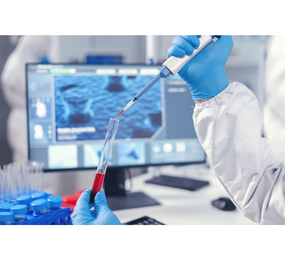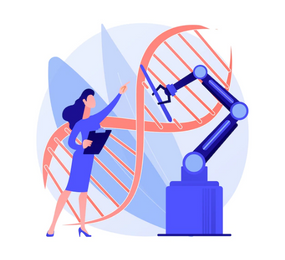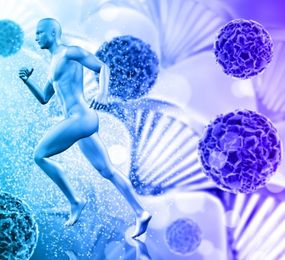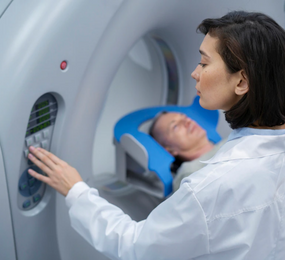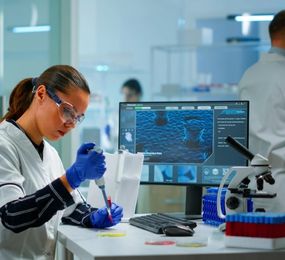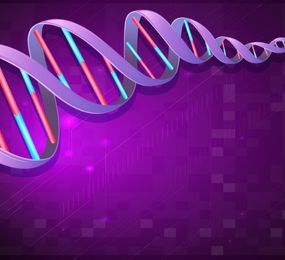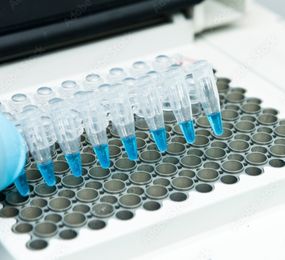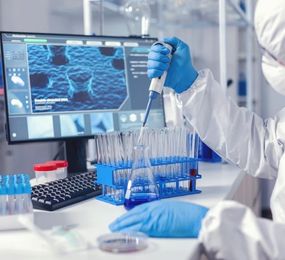The innovative new technology known as "bioprocess digital twins" is changing how we build bioprocesses, validate processes, and carry out cGMP operations. The complete process chain is modelled by the bioprocess digital twin. from raw ingredients to finished goods. Because of this, digital twins are extremely strong. For the first time, critical quality attributes (CQAs) may be predicted across all unit operations.
The bioprocess digital twin is essentially a thorough, integrated mathematical model of the entire process chain. Real-time data and development are both incorporated. It consumes time-series, quality, and PAT data. Digital twins make use of merged ODE, PDE and bayesian statistical models. Moreover, they are able to forecast critical quality attributes and important performance indicators.
Within the last few years, the use of modelling tools to enhance understanding and control of bioprocess development and manufacturing has gained a lot of attention. What do we actually need, though, to make digital twins of bioprocesses? Is effectively describing a process, transferring the knowledge, and modelling structure from the early stages of research to manufacture all about data and powerful modelling algorithms, or are there other factors to take into account?
Sensor measurements, commonly referred to as "soft-sensors," "process units," or even connected process units, may be simulated by bioprocess digital twins. The advancement of digital twins in the bioprocess development field is primarily driven by three factors:
-
minimising the quantity of physical tests that must be performed, hence lowering development costs and COGS
-
decreasing the time needed to conduct several in vivo experiments and, as a result, the time to market
-
increasing the variety of possible process scenarios that may be taken into account when creating a process, which will improve process and product knowledge.
Classical trial-and-error bioprocess development can be transformed into a quantitative engineering approach using digital tools for process design, monitoring, and control. The potential for process optimization that is currently untapped can be exploited by linking hardware, software, data, and people. The interaction between a digital twin and its physical process counterpart is the essential element in such a framework. As a result, the digital twin can be seen as an effective knowledge management tool and a decision support system for the creation of effective processes. It can be used to the fullest extent in a real-time setting where targeted control actions can enhance process performance.
A scalable, asset-centric data foundation for both manufacturing and development data is essential because bioprocess digital twins draw on data from process development, design of experiments, and manufacturing.Come hear our speakers discuss the digital bioprocess twins for accelerated process development on March 28–29, 2023 at the International Bioprocessing and Biologics Forum in Steigenberger Airport Hotel, Berlin, Germany. They will also discuss the state of continuous process implementation at the moment and some ongoing challenges.
To register or learn more about the Forum please check here: https://bit.ly/3zxguXW.
For more information and group participation, contact us: [email protected]


